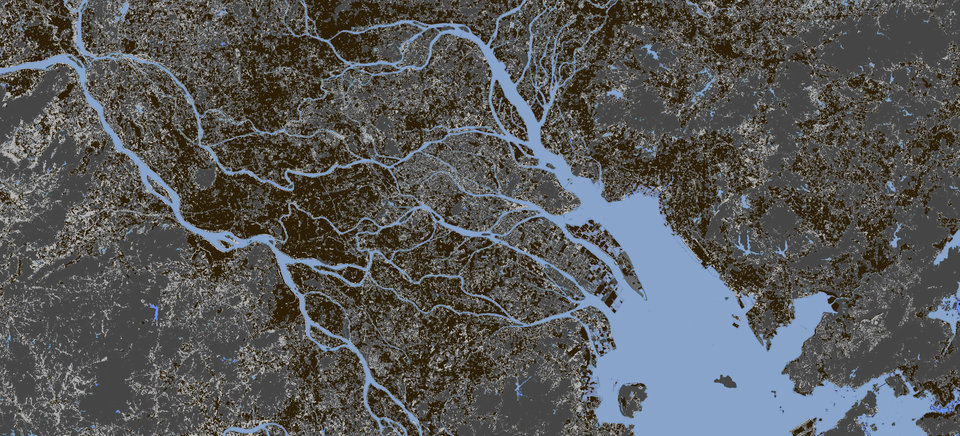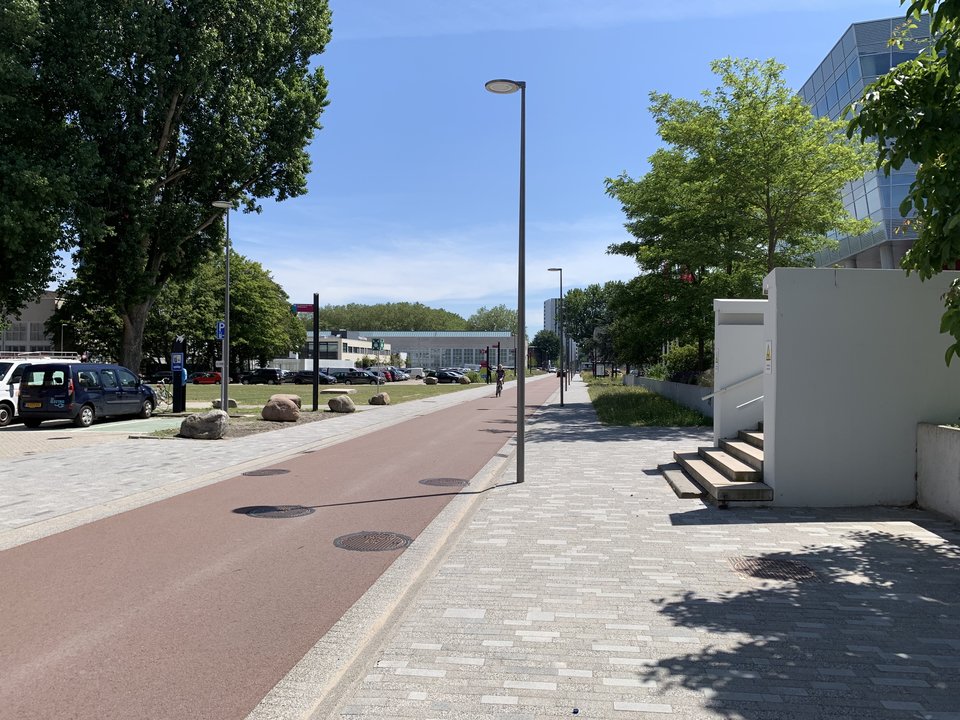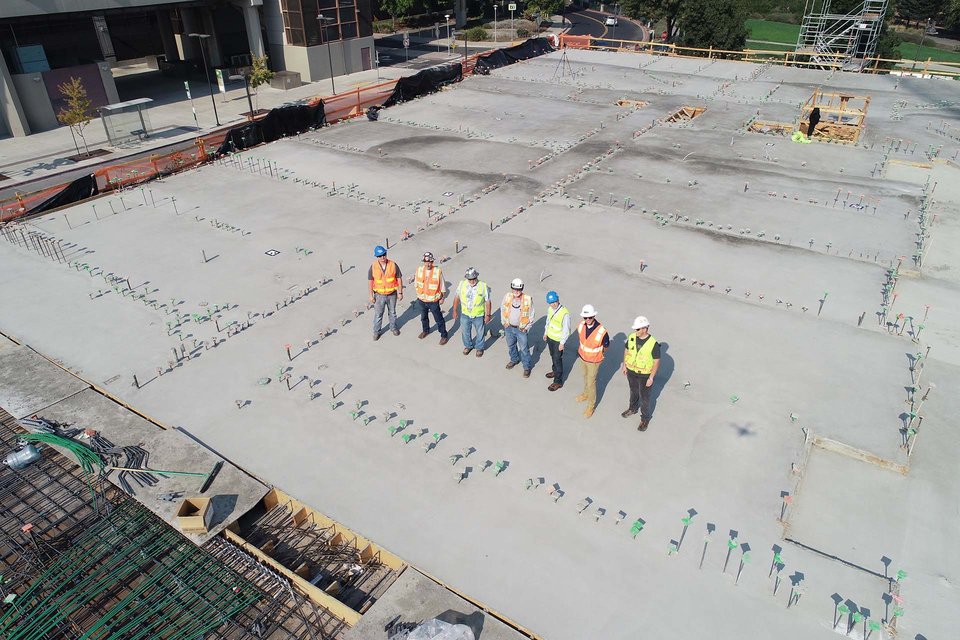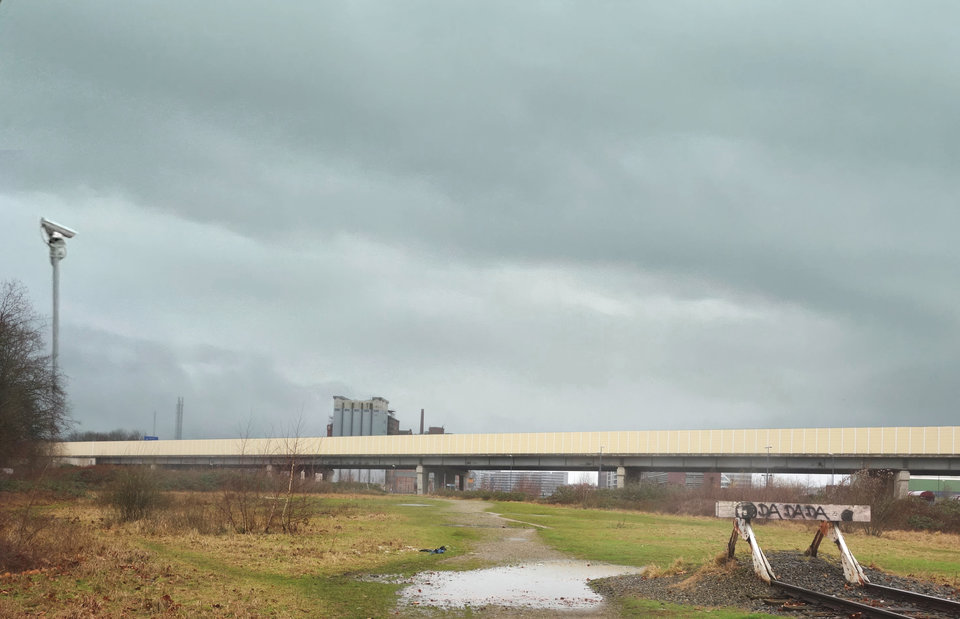DEWIS Virtual Coffee (07)
DEWIS Virtual Coffee (07) 15 September 2022 16:00 till 17:00 | Add to my calendar Come and join us Thursday 15th of September from 16.00-17.00 hrs in an online inspiring conversation to discuss and reflect together about your role as woman in the academic environment. The DEWIS women’s network of scientists has the goal of inspiring, creating awareness and empowering the women of TU Delft to grow and flourish in their academic careers. In a still male-dominant environment we aim to create awareness regarding gender inequality and imbalances; throughout monthly gatherings we want to empower your voices and discuss ideas on how together we can create an inclusive and safe environment for all of us. What will we talk about? In this upcoming event we have invited Margot Gerritsen, professor emerita at Stanford University and co-founder and executive director of the Women in Data Science (WiDS) Worldwide, faculty director of WiDS@Stanford, and co-host of the WiDS podcast. WiDS elevates women in data science all over the world. We will focus on personal branding and the importance of creating relationships and networks to advance in your career. During this conversation we would like to give you space to share your own experiences and discuss the dilemmas women are currently facing in academia. Join the ZOOM Meeting https://tudelft.zoom.us/j/94235776332










